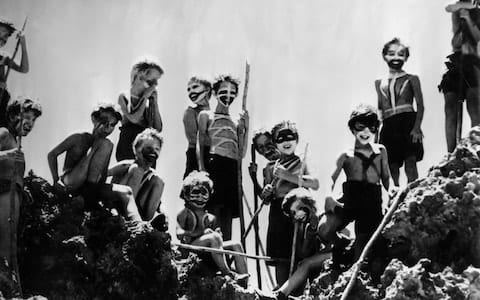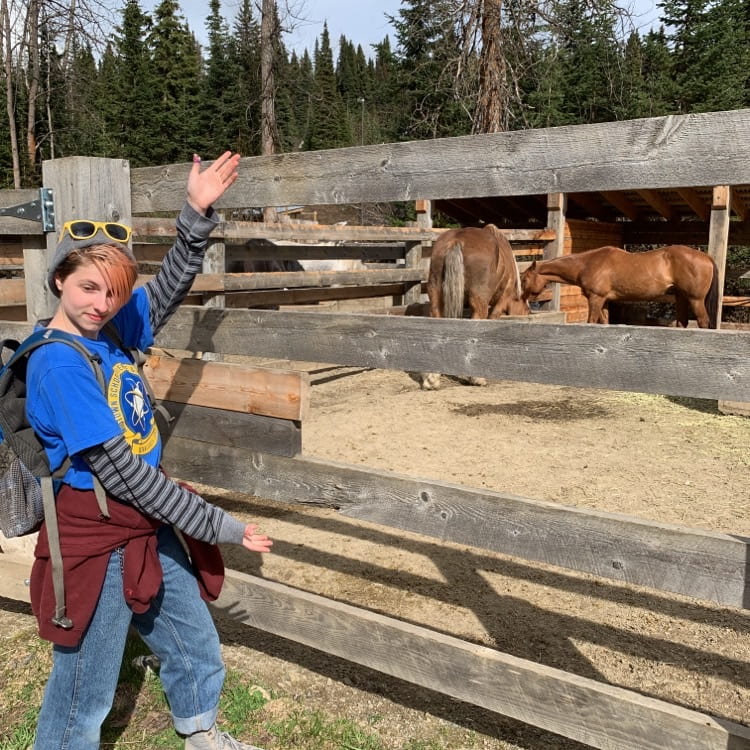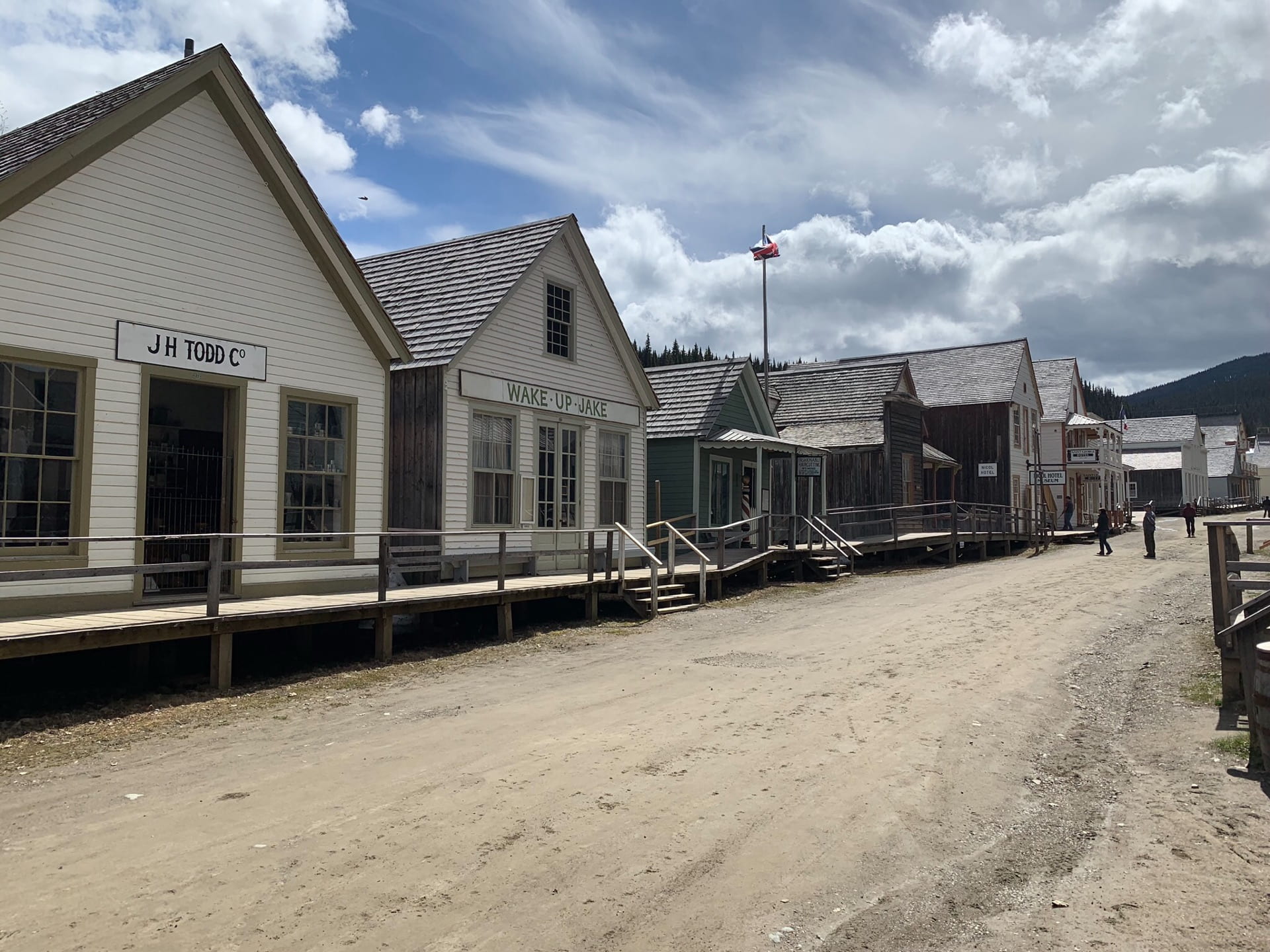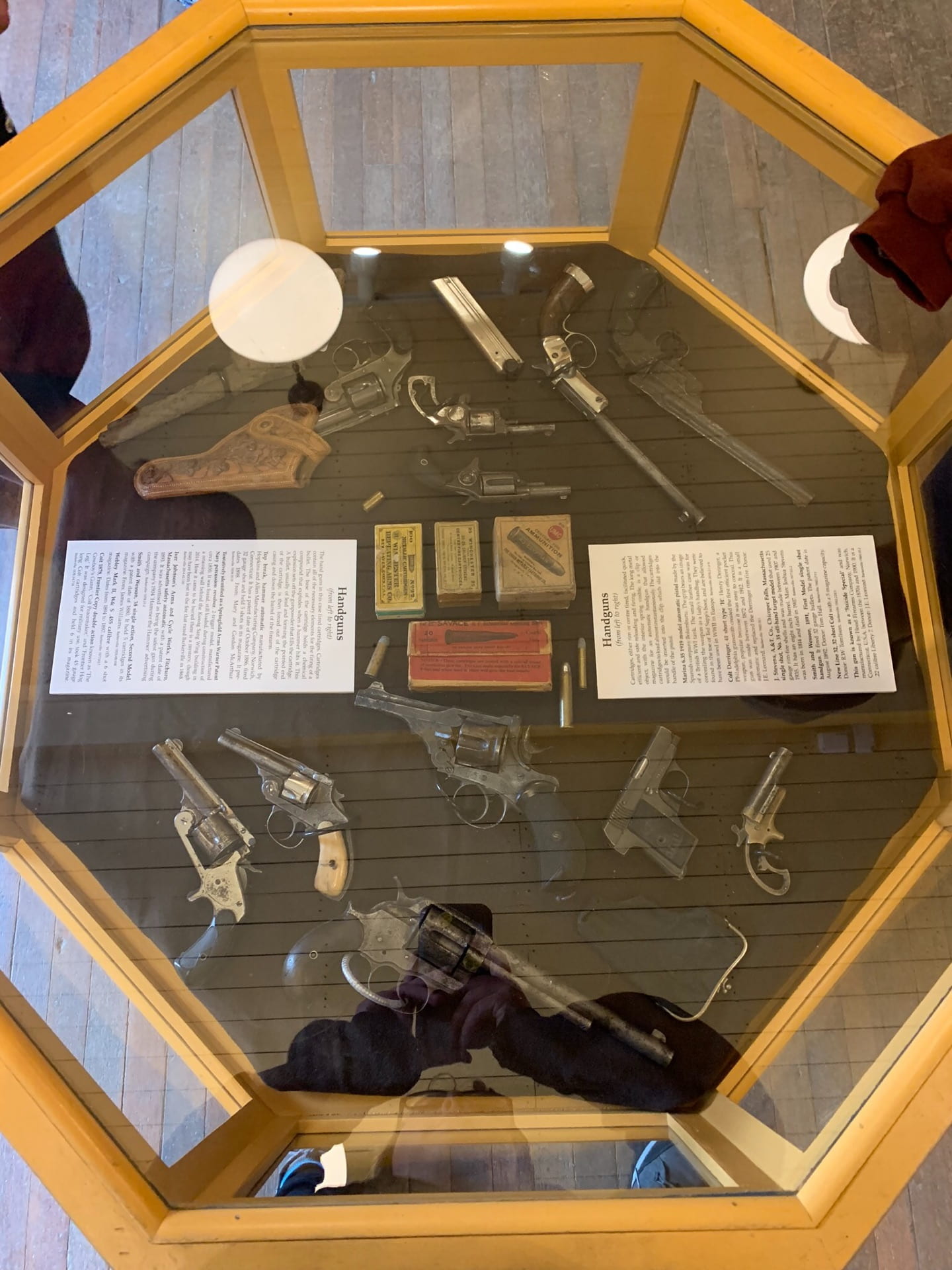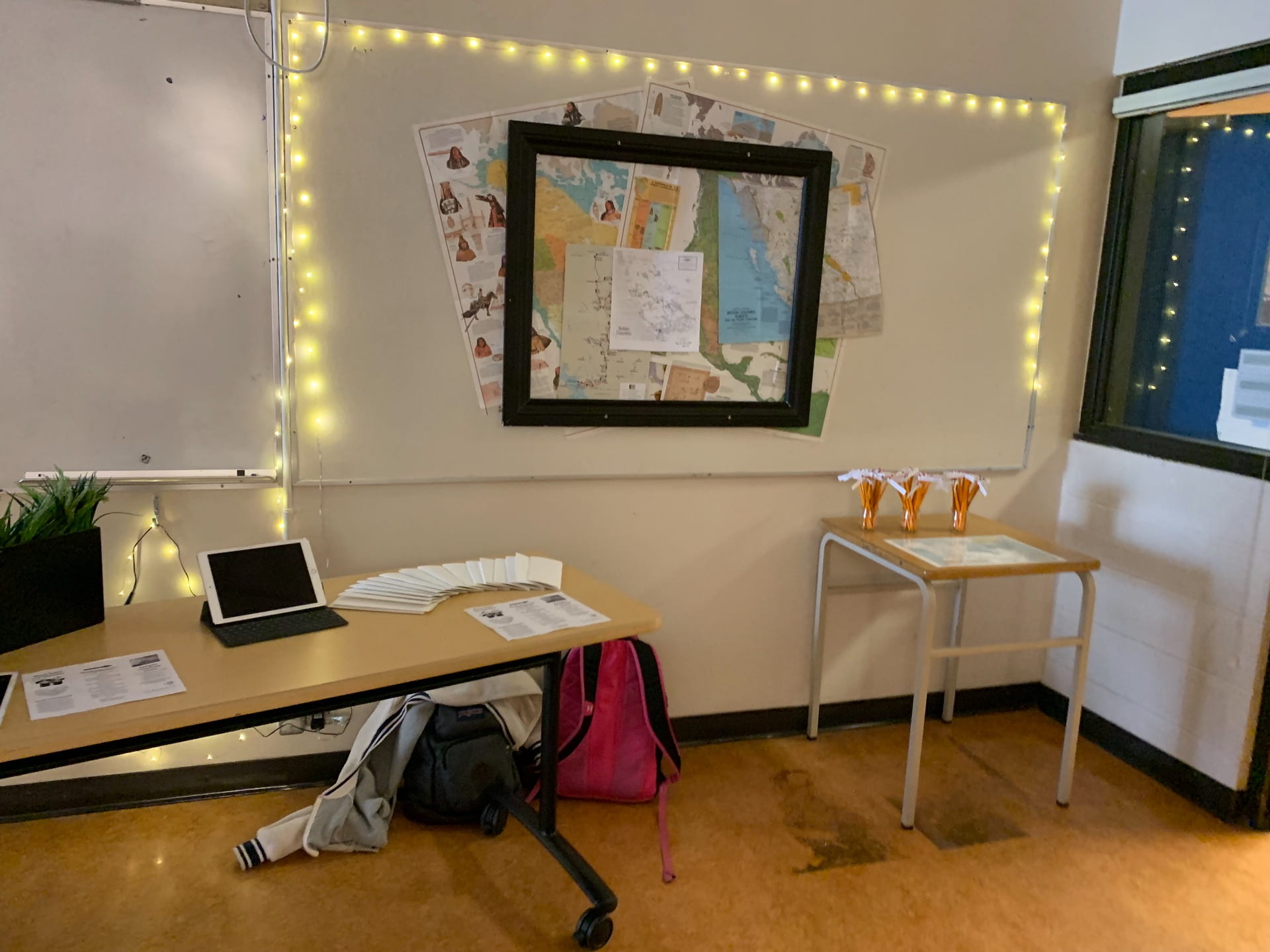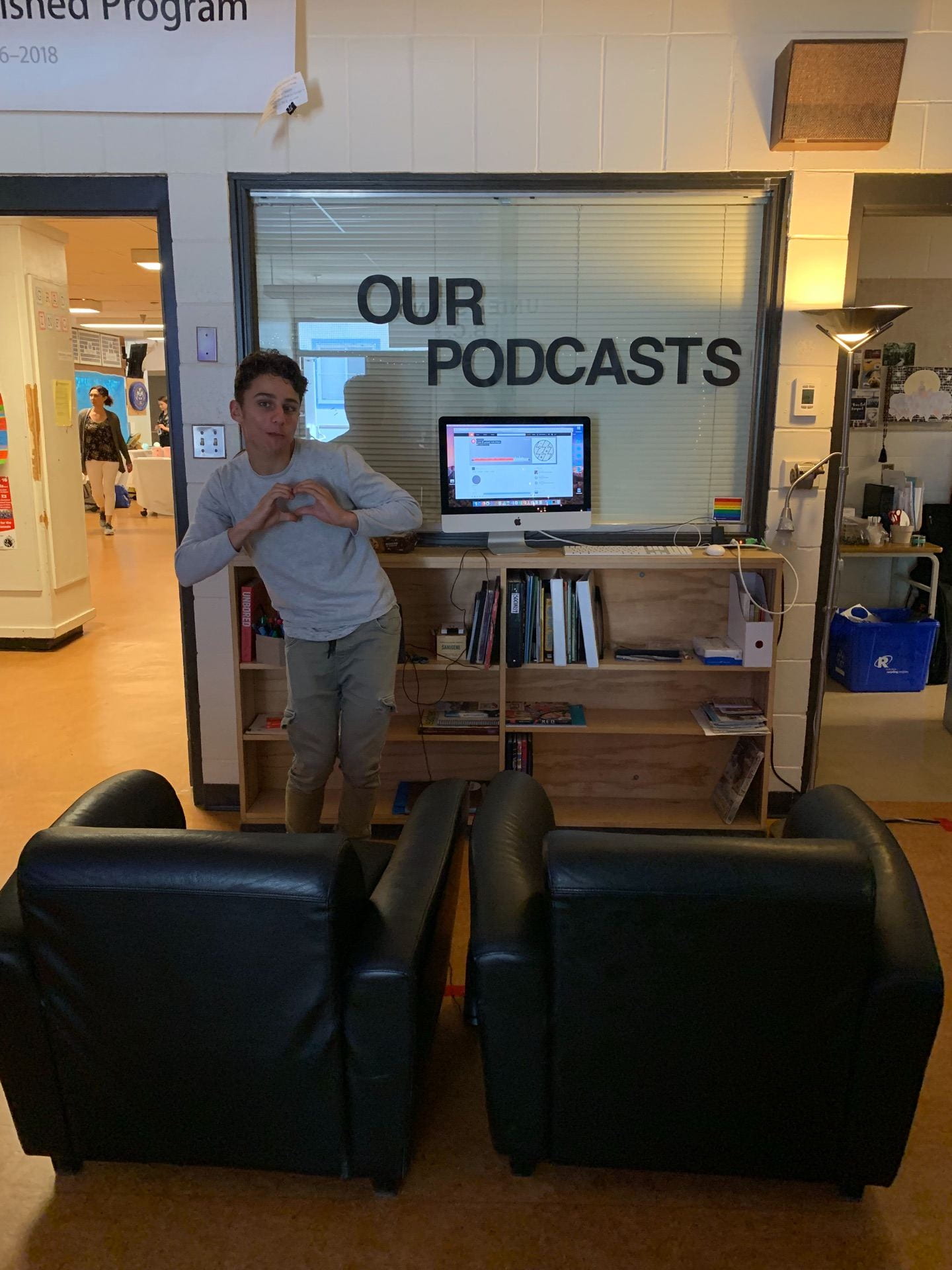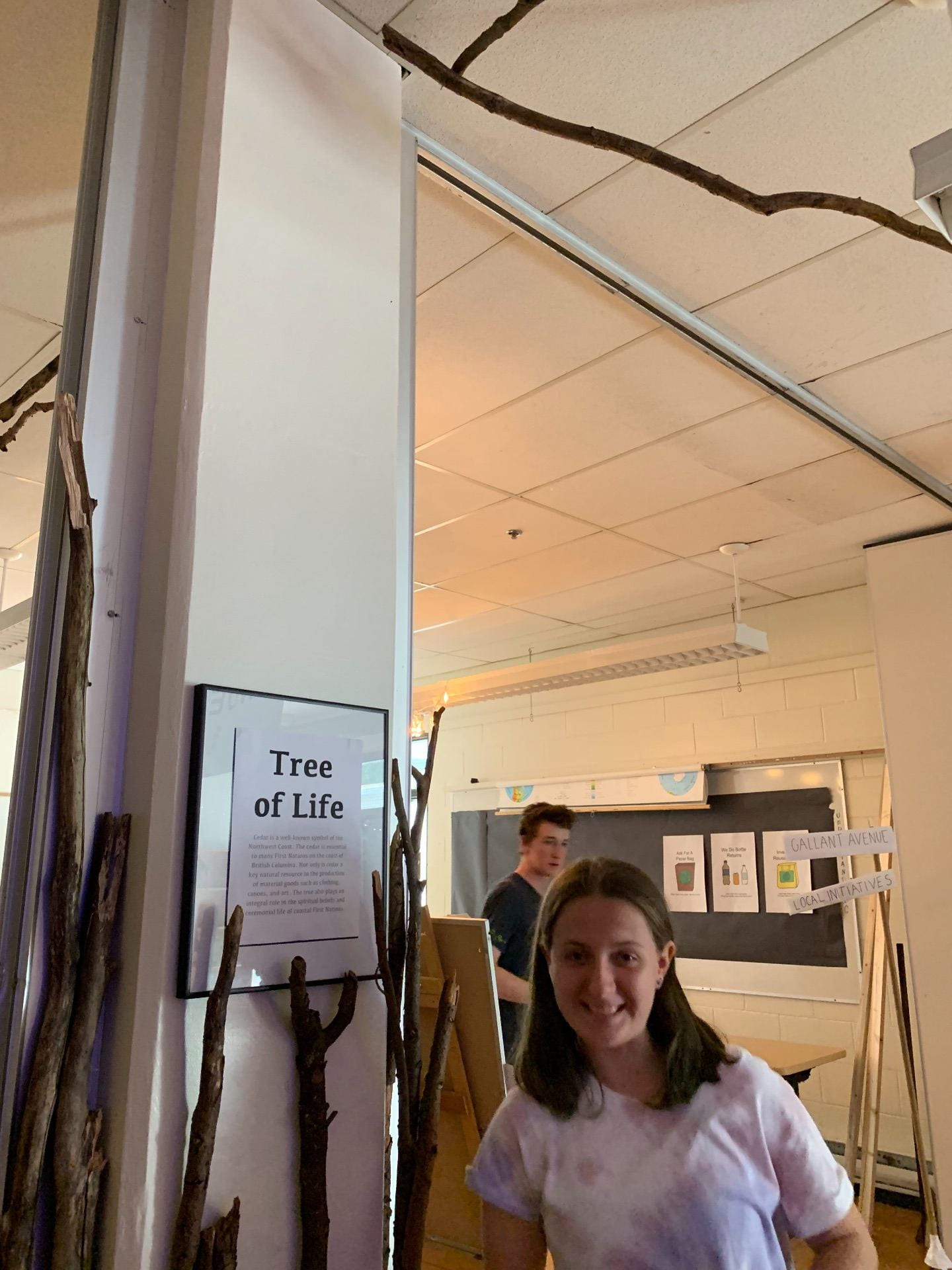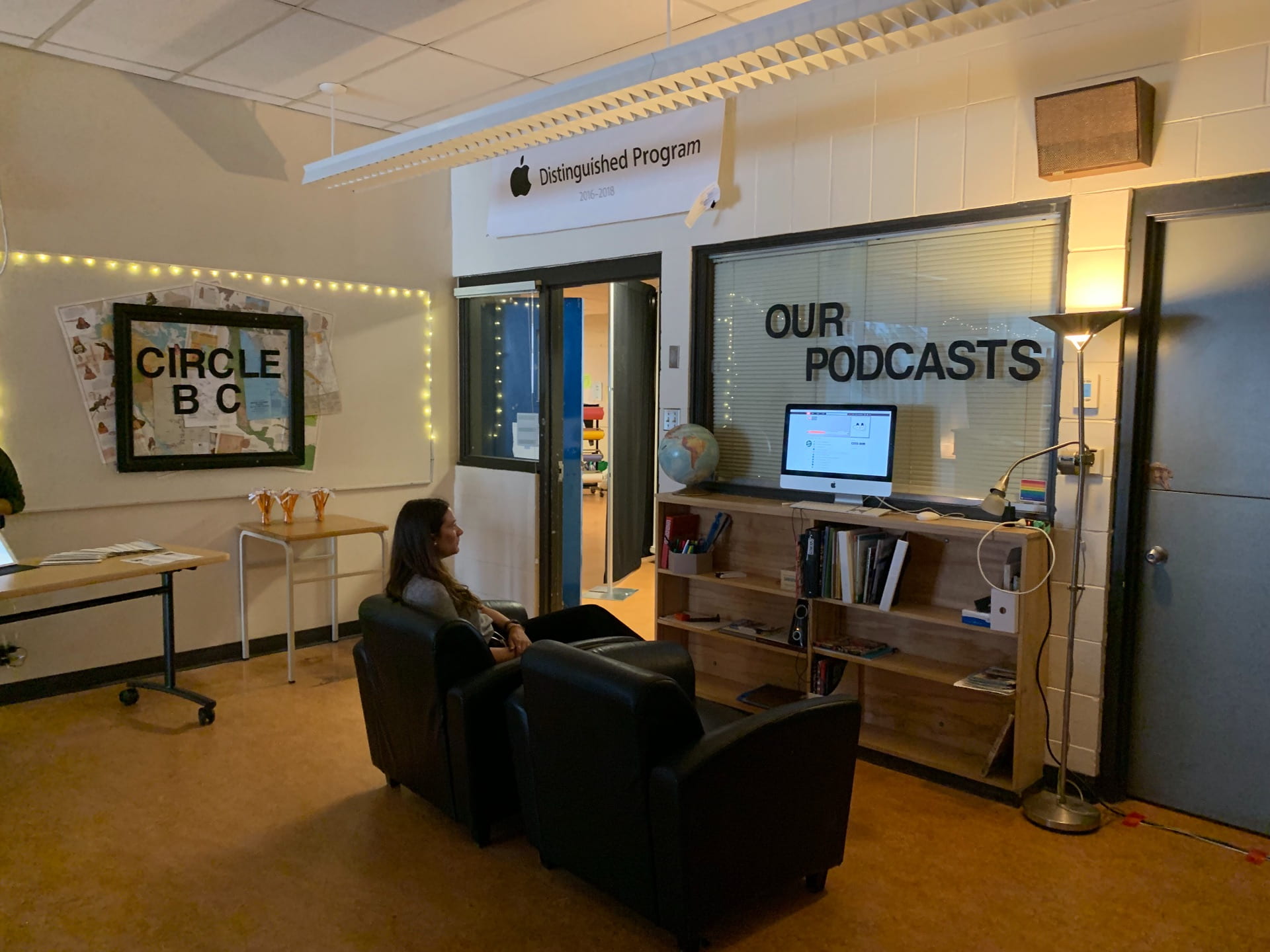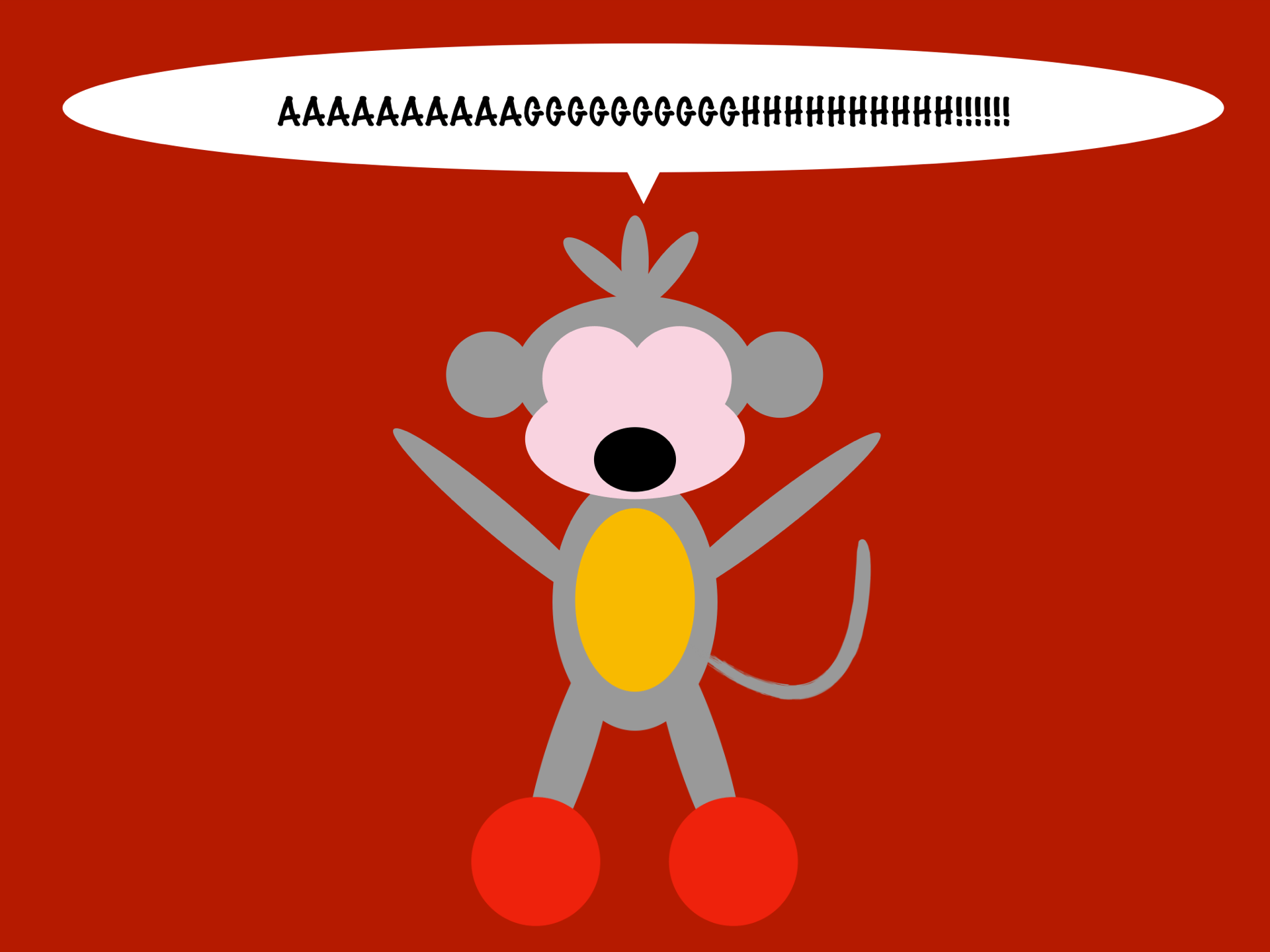Good morning. It’s not the morning when I’m writing this, but that’s not the point. Anyways, yes, right, the post. Over the past few months, starting in January I think, we’ve been reading Shakespeare’s Macbeth. It is a very interesting play within itself, and has many interesting themes. The one we studied was the idea of appearance vs. reality. This, through some unknown channel, was connected to our social studies timeline, and so we were basically studying the 1950’s, as well as a Scottish play from the 17th century.

This may seem like an odd connection, but there really are quite a few connections you could draw. That was one of our assignments, actually. We had to write blog posts connecting Macbeth and the 1950’s. It was definitely hard to start, but by the end of these posts, I think I had really done some good work.
Another big part of the unit were what we called ‘Act Quests’. Basically, while reading the play, we would have these test-like things where we would be given quotes from Macbeth, and have to: recount the events that took place before, during and after the quote, identify who said it and why it was important to the character and those it was said to, and how it relates to theme. These were definitely not easy. In PLP, we don’t have a lot of tests, which is why sometimes things like this can catch us off guard. We did do something similar to this in the LOTF project, but to a much lesser degree. Its definitely important to do things like this, to prepare for university and stuff, but it’s still not my favourite. I guess my biggest issue was putting too much information down, which makes sense, because I do tend to do info dumps. But overall, I think it was a really good practice in an area we sometimes don’t spend tons of time in.
 Now, you might be thinking, well, these are only small parts of the project, they can’t be the final product. And believe me buddy, you’d be right. Also, if you’re familiar with past PLP Macbeth projects, you’ll know that there have been attempts at a class film adaptation of Macbeth. Notice how I say attempt. This has never worked. So of course we had to do exactly that. But it’s never that simple. We also had to set the movie in the 1950’s, and change it so it fits in that year. Goodie.
Now, you might be thinking, well, these are only small parts of the project, they can’t be the final product. And believe me buddy, you’d be right. Also, if you’re familiar with past PLP Macbeth projects, you’ll know that there have been attempts at a class film adaptation of Macbeth. Notice how I say attempt. This has never worked. So of course we had to do exactly that. But it’s never that simple. We also had to set the movie in the 1950’s, and change it so it fits in that year. Goodie.
One of the things we stated with was trying to figure out a story outline. Everyone would try and come up with an idea on how we could set it in the 50’s. At first, we had grandiose ideas, like having it set in a mayors office, or during a presidential race. But we had to rethink, because we were going to be the ones acting, and we are children. I mean the in the nicest way possible, but nonetheless it’s true. We’re also not that great actors, but thats another issue altogether. We ended up going with a private school with a secret society.
Now came the really difficult part: deciding roles. This can either be a very big deal, or a very small deal. To us, it was big. I wasn’t sure what I should do, because although the whole class was working together, a group called the key creatives were mostly in charge of the movie. The key creatives were the people who everyone reported to, and were responsible more or less for the success. all the roles were similar to what would be on an actual movie set. The key creatives were the producer, who was head of everything, the director, who had the vision for the film, and the screenwriter, who, with a team, would write the film. We did add a fourth key creative, production manager, which was similar to producer, but in more of a day to day sense. I decided to apply for the producer, because though it is a lot of responsibility, I thought I could do a good job leading our class to success. Also, I had a vision on what the film could look like, and as a key creative I thought I could help with that part.
Applying for the positions was pretty stressful. First, we had to go home and write a pitch for what roles we wanted. After that, everyone who had applied to be a key creative had to, in class, write out their vision for what the film would look like. And… I got it! I was chosen to be the producer. But that’s not the be all and end all. Off the bat, I was told that I could be fired at anytime. I knew this beforehand, but that really put the pressure on. Not that I thought I’d do a bad job, but its kinda scary. The rest of the team was Giorgia as director, Jesse as screenwriter, and Luca J as production manager. A pretty solid team.
The next part was not fun. Being a key creative was difficult, but way more than I thought it would be. We had a very tight schedule as well, because we were supposed to have it done before spring break and we got our roles like, 2 and a half weeks before then. We had to cast, get costumes, props, write the script, and film in that small window. There were some fun parts, though. We had to find 50’s lingo for the script, which was fun, and reading around the tables was cool. There was a bit of drama around casting, and key creatives spent a lot of time outside of school trying to figure things out, but once we had the prep out of the way, we were more or less set to film.
That’s when things started to fall apart a bit. The teachers left for Vietnam with the grade 12s, so we were left completely on our own. But it was fine. We had a solid film schedule, and we were going to be fine. Everything was blocked in, and the first filming day went smoothly, mostly. I did end up having to be in the movie and sprained my ankle in the process, but we were adapting as things were thrown at us. Even when our Macbeth had to reschedule a shoot because he wasn’t feeling well, it was fine. We adjusted, and filmed everything we could without him. Except, he was still sick the next day. And when we thought he was getting better, and had everything set, he was sick again and wasn’t sure wether or not to come. The key creatives discussed, and said we needed to keep everyone safe and so we cancelled. This was a difficult decision, but it was for the best. We had got all we could without our main character, and everyone had worked so hard.
Then spring break hit, and we were working with what we had. The post production crew did a great job with what they had, and we planned to film the rest after the break. But, as you might have guessed, the break never ended. Well, it did, but you know what I mean. School was cancelled, and we were forced to accept what we had. It was really though to face. Being the head of a big project like this was a really amazing learning experience for me, and to see all that work not pan out was really sucky. Everyone tried their hardest, and though there were some hiccups, if it hadn’t been for the sickness of Macbeth, I think we would have pulled it off. Its dissapeointng, but I know how hard everyone worked, and the experience within itself was pretty cool.
https://www.youtube.com/watch?v=Ib4QMGU-PMc&feature=emb_logo
I do have a theory on why it didn’t work, though. A dumb, superstitious theory, but still. So, when actors are putting on the play of Macbeth, they call it the Scottish Play. There are documented cases of when people didn’t do this, and then actors got sick or hurt. I just find it kinda fishy how it was Macbeth who got sick, and no one else. But that’s just the raving of some student. Who really knows?


































